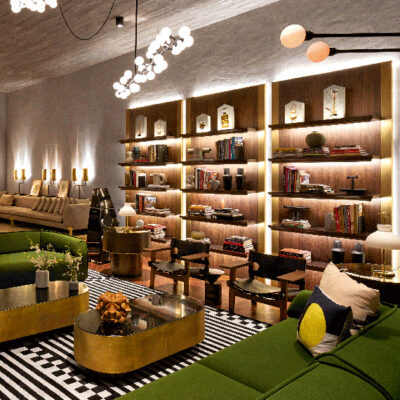March 16th, 2023
- Ambient Light: General lighting that illuminates a room or space, typically coming from an overhead source.
- Accent Light: A directional light used to highlight a specific object or area.
- Task Light: A light source that illuminates a specific area or task, such as a desk lamp or under-cabinet lighting.
- Downlight: A fixture that directs light downward, typically recessed into a ceiling or mounted on a track.
- Uplight: A fixture that directs light upward, often used to create indirect lighting or to highlight architectural features.
- Pendant Light: A suspended light fixture that hangs from the ceiling by a cord, chain, or rod.
- Chandelier: A decorative light fixture with multiple arms or branches, often adorned with crystals or other decorative elements.
- Sconce: A wall-mounted light fixture, often used for ambient or accent lighting.
- Cove Light: A lighting system mounted in a recessed area, typically at the top of a wall, to create a soft glow.
- Strip Light: A long, narrow light fixture typically used for under-cabinet or task lighting.
- Track Light: A lighting system that consists of a track mounted to the ceiling or wall, with adjustable fixtures that can be moved along the track to direct light where needed.
- Flood Light: A high-intensity light used to illuminate a large area, often used for outdoor lighting.
- Spot Light: A directional light that is used to focus attention on a specific object or area.
- Color Temperature: A measurement of the color of light, typically measured in degrees Kelvin (K).
- Lumen: A unit of measurement for the total amount of visible light emitted by a light source.
- Watt: A unit of measurement for the amount of power used by a light source.
- Illuminance: The amount of light that falls on a surface, measured in lux or foot-candles.
- Luminance: The amount of light that is emitted or reflected by a surface, measured in candela per square meter (cd/m²).
- Color Rendering Index (CRI): A measurement of a light source’s ability to accurately render colors compared to a reference light source.
- Color Temperature: The color appearance of a light source, measured in degrees Kelvin (K).
- Flicker: The rapid and repeated fluctuations in light output that can cause visual discomfort and/or have negative effects on health and well-being.
- Glare: Excessive brightness that can cause visual discomfort or impairment.
- Beam Angle: The angle at which light is emitted from a light source, measured in degrees.
- CCT (Correlated Color Temperature): A measure of the color of a light source, expressed in degrees Kelvin (K).
- Foot-candles (fc): A unit of illuminance, equal to one lumen per square foot.
- Lux (lx): A unit of illuminance, equal to one lumen per square meter.
- LED (Light Emitting Diode): A semiconductor device that emits light when an electric current passes through it.
- Halogen: A type of incandescent lamp that uses a halogen gas to increase its efficiency and lifespan.
- Incandescent: A type of light bulb that produces light by heating a filament to incandescence.
- Fluorescent: A type of lamp that produces light by passing an electric current through a gas, causing it to emit ultraviolet radiation that is then converted into visible light by a phosphorescent coating.



